West Highland Museum is hosting its “Camanachd: Geama Aosda nan Gleann Abrach” (Shinty: Ancient Game of the Lochaber Glens) exhibition this autumn. In this second of a series of blogs, shinty expert and broadcaster Dr Hugh Dan MacLennnan explores the history of Fort William Shinty Club.
Formed in February 1893, Fort William Shinty Club has had its share of ups and downs since, even going into abeyance on more than one occasion. Shinty had been played in the area long before 1893, however, with matches being recorded as early as 1835. There is an account of a Fort William team playing Brae Lochaber at Blarour in January 1882 and of Fort William juveniles playing Blarmachfoldach in January, 1883, probably an annual New Year Game.
In March 1893 the newly formed Fort William club played and won its first match against Spean Bridge at Glen Nevis where they played for some years. James MacDonald, MacDonald Arms, was the chieftain at its formation and the first captain was R. Cameron, British Linen Bank.
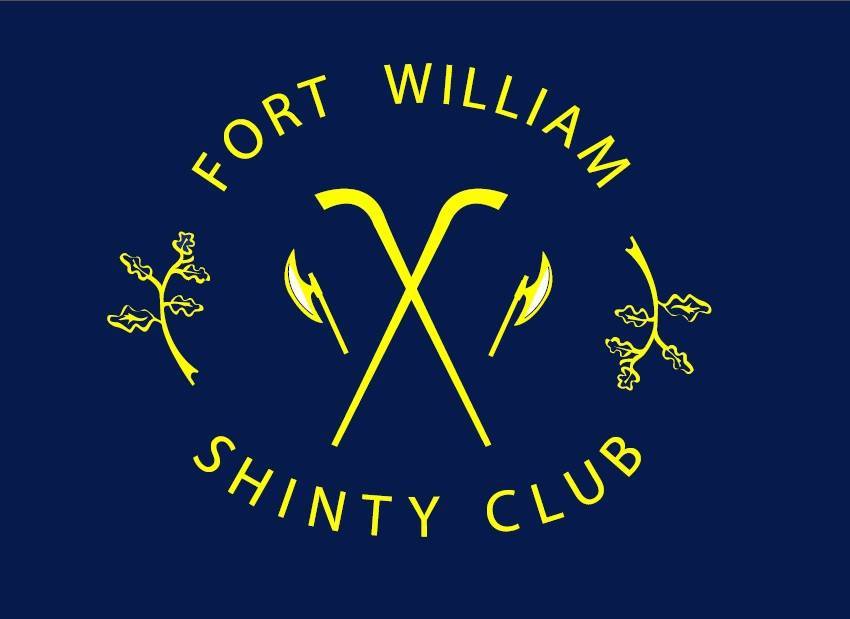
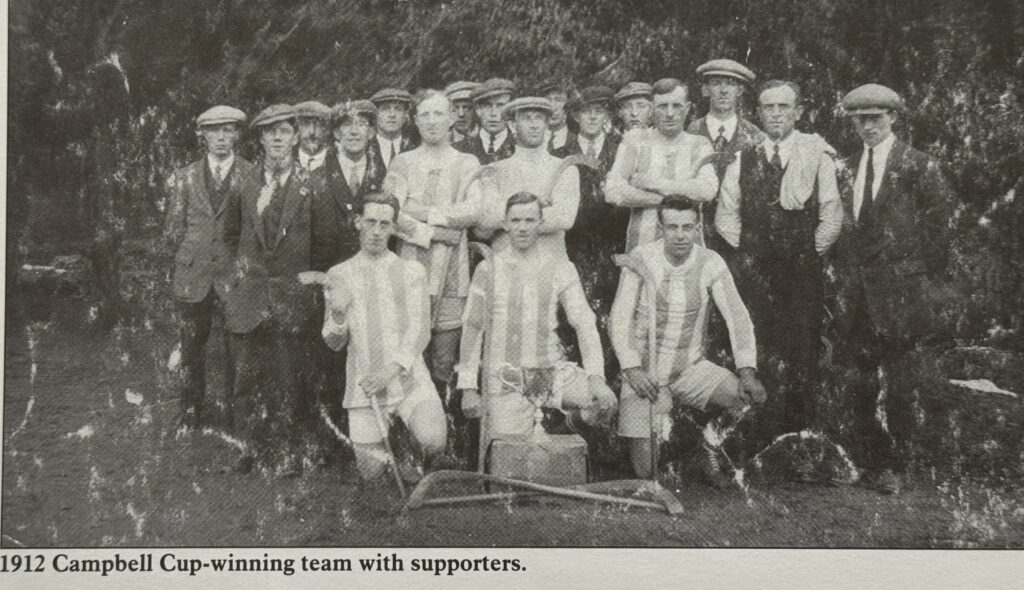
In those days shinty was strong indeed, crofting communities like Blarmafoldach, just above Fort William, being able to field an entire team. Those were the days, too, when the crofting township of Carnoch, at the head of Loch Nevis, could field and entire team although now the glen is empty and the houses are reduced to low walls of granite boulders.
The local attitude was summed up in a report in the Oban Times of April 4, 1893: ” A crowded (Fort William) Town hall gave a warm welcome to Mr A J MacDonald, Tirnidrish, who chaired a concert to raise money for the local shinty clubs. In his remarks Mr MacDonald recommended to every mother to give her son a shinty stick on reaching eight years of age.”
The club seems to have folded after the turn of the century, being re-formed in 1908. In 1923 it dropped out of senior shinty for a period but had a second team until about 1929, and was revived in 1932. The President then was Mr D. Livingstone and the Secretary Mr George Longbottom.
Always having to vie with a strong football interest in the town, Fort William Shinty Club made little impact on the shinty world until 1934 when, apparently under the name of Nether Lochaber, the Sir William Sutherland Cup was won. Captain on that day and winner of the silver mounted caman was Donald Cameron, father of Hughie and Astie, who won his own silver-mounted caman when leading Fort William to its first senior cup win, the Macaulay Cup in 1991.
Either side of the Second World War hiatus Fort William was active and the Oban Times reports of the period record the exploits of notables such as Neil Cameron, Alex Reece, Doxie Cameron, and Ginger Wilson.
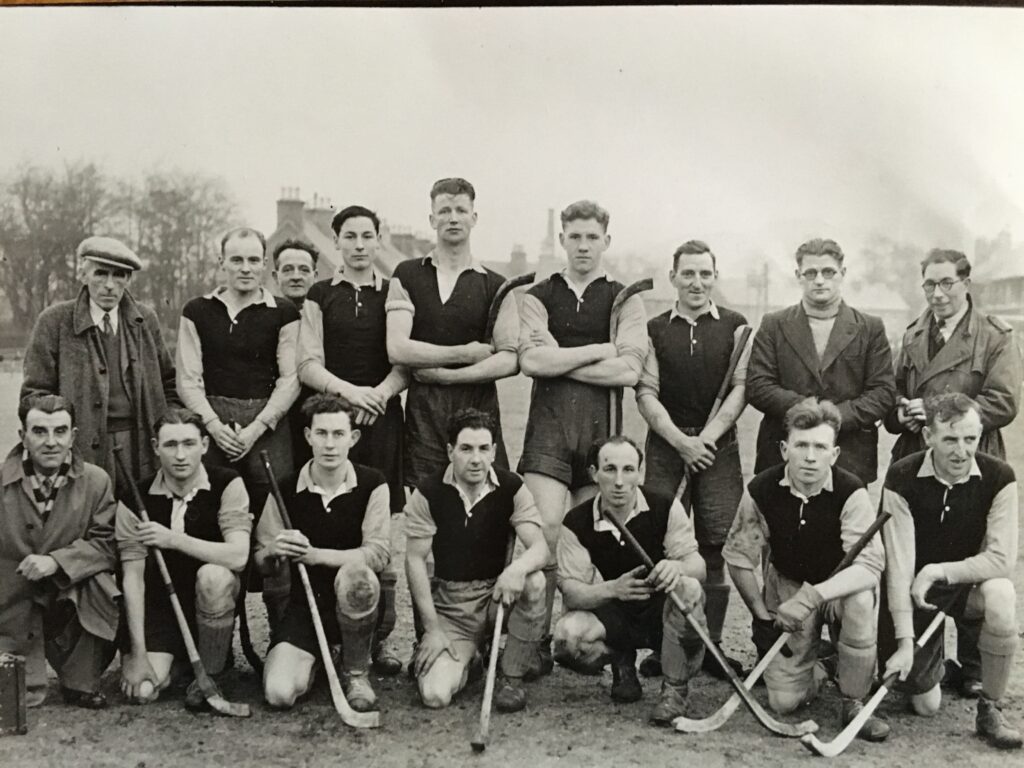
The Albert Smith Medal, struck in memory of the Fort Augustus man, is awarded to the player of the match in each Camanachd Cup Final. The Smith influence on Fort William Shinty Club activities continues through Albert’s grandson Victor, and, indeed, Victor’s daughter Zoe (a notable entrant to the women’s game who could more than hold her own in male company) and his own son Victor junior.
Fort William has exercised the minds of shinty’s hierarchy over the years and coparticularly in relation to playing venues. In 1939 the report of the Camanachd Association notes that there was “….a debate about the suitability of the Fort William ground (then called Victoria Park, which became known as King George V Park, where Lochaber Leisure Centre now sits) for the Camanachd Cup final.” Support was offered by Sir Stewart MacPherson who thought Victoria Park “a bonnie wee thing”.
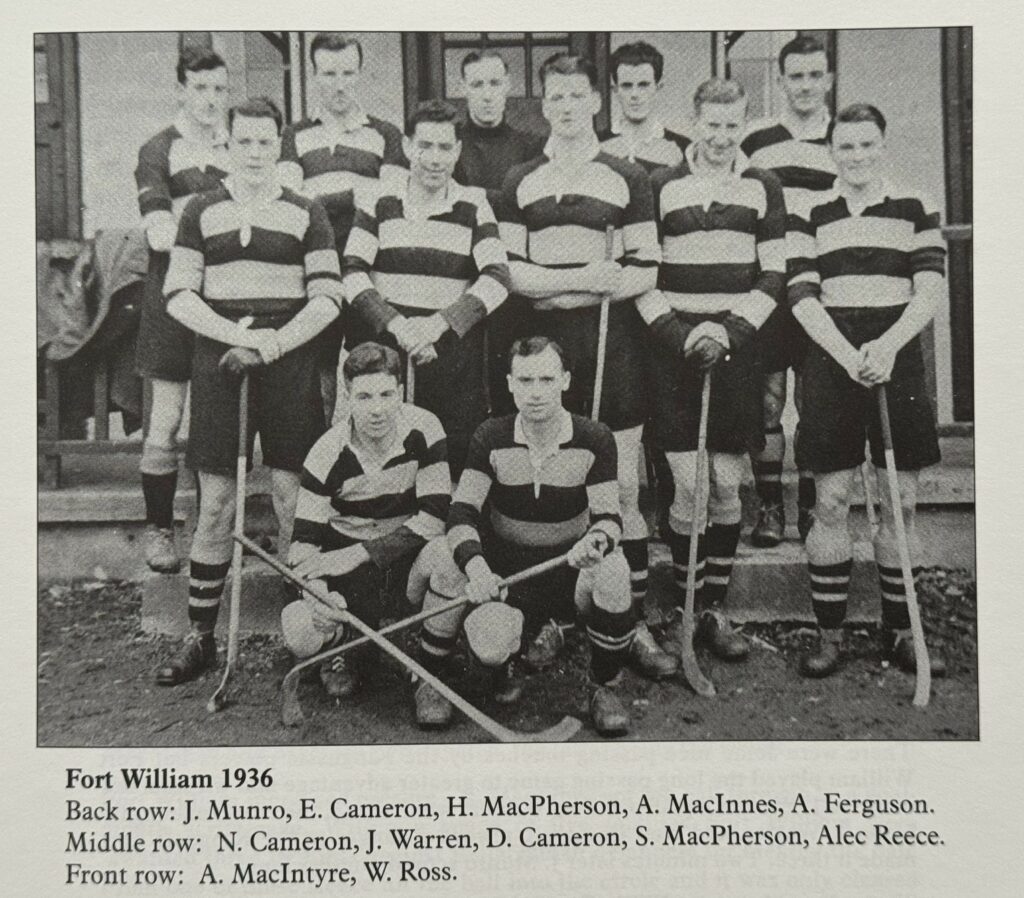
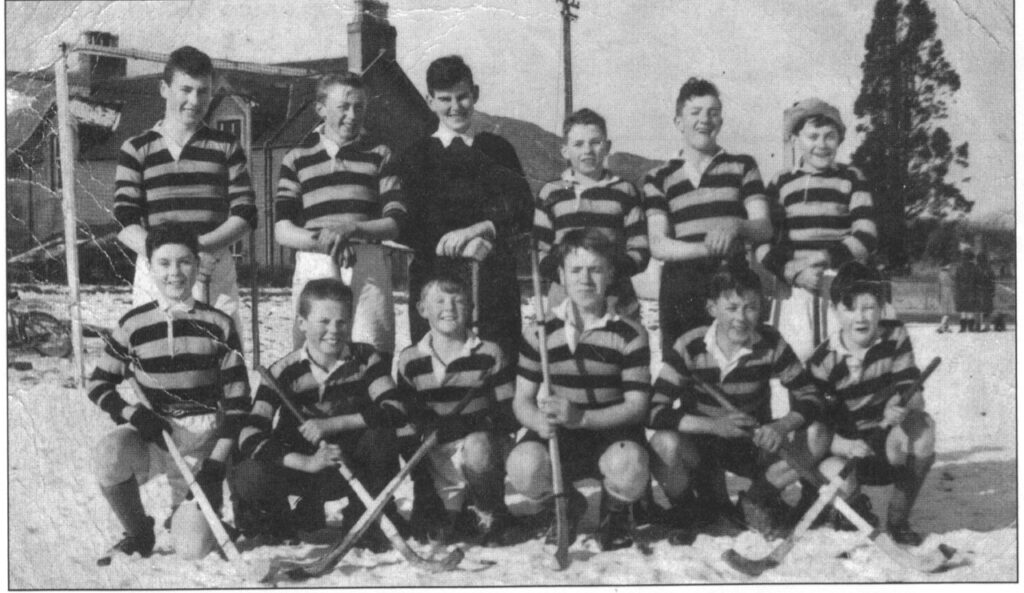
The club has also played at Black Parks in Inverlochy, Claggan Park at the foot of Ben Nevis before settling at An Aird on a renovated site which was once the municipal dump. The ground-breaking changing rooms and social facilities there were opened in 1993 when Fort William entered their centenary year as Scottish Champions thanks to a notable victory over Kingussie at Old Anniesland, which included the fastest ever goal scored in a Camanachd Final, less than ten seconds off the caman of Derek “Deek” Cameron.
The Club’s rise to its elevated status as one of the country’s top teams, started in the mid-1980s with a number of influences combining to take the club forward, building on the innovative appointment of the legendary musician Fergie MacDonald in the 1970s as team trainer, a move which contributed greatly to a very successful period at Juvenile level. A more professional approach to training and coaching was taken, with the specific ambition of reaching the top flight within ten years. An exciting crop of teenagers
burst onto the scene including Deek Cameron, Ali Clark, Graeme MacMillan, Adam Robertson and Dougie Gibson, strengthened by the addition of new players who took their game seriously – Scott and Drew MacNeil (captain of the Camanachd Cup winning team), Neil Sutherland and Willie MacDonald. The move to An Aird from Claggan Park allowed the club to develop an excellent home to perform on and suddenly the committee had the ingredients they needed to fulfil their potential and achieve the success which their dedication had deserved.
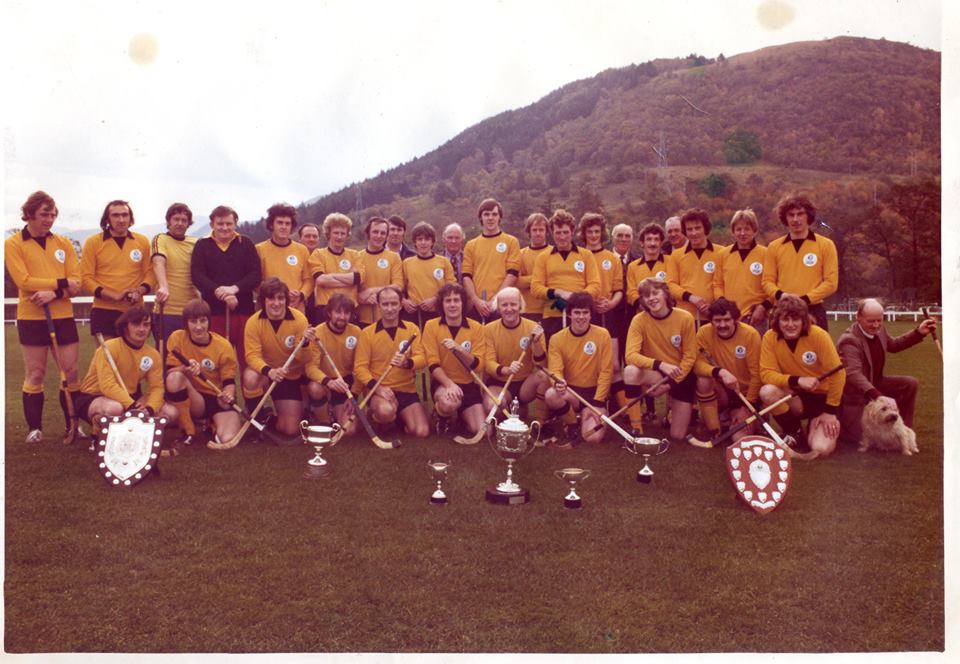
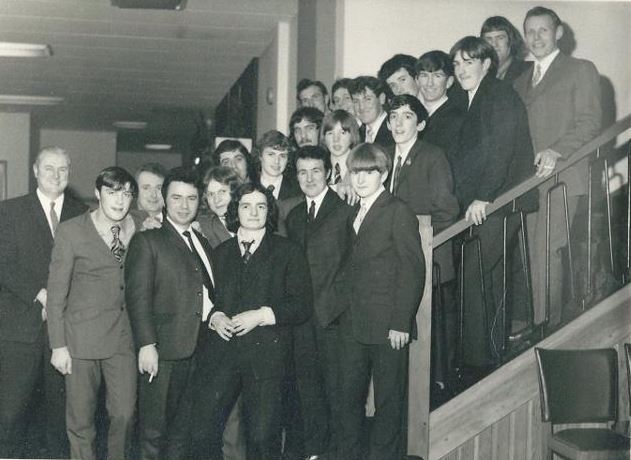
After a number of Camanachd Cup semi-final appearances, and reaching the final of the MacTavish Cup, Fort William made the breakthrough in 1991 by winning their first senior trophy, the Keyline Macaulay Cup. To do so they had to overcome Kingussie at the semi-final stage, a match which was arguably the most significant in the club’s history up to that point. Despite going behind twice, Fort William struck back to overcome their rivals 5-3 in a thrilling match, to break the psychological barrier of facing the best on a big stage.
This enabled Fort William to go a stage further a year later, matching Kingussie in the Glenmorangie Camanachd Cup Final at Old Anniesland, taking the trophy thanks to Deek Cameron’s early goal. Fort William shinty club starts its second centenary as proud owners of a magnificent club-house, containing lounge bar, kitchen and dance floor.
The club has longed depended on the contribution of a number of key families – the Rodgers – Sunshine, Pasha, the Camerons, Curly, Kenneth and David), the Smiths, the Staffords, the MacPhees (Duncan, Neil, Arran, Rosemary and Fraser) and the MacMillans (George and his son Jo).
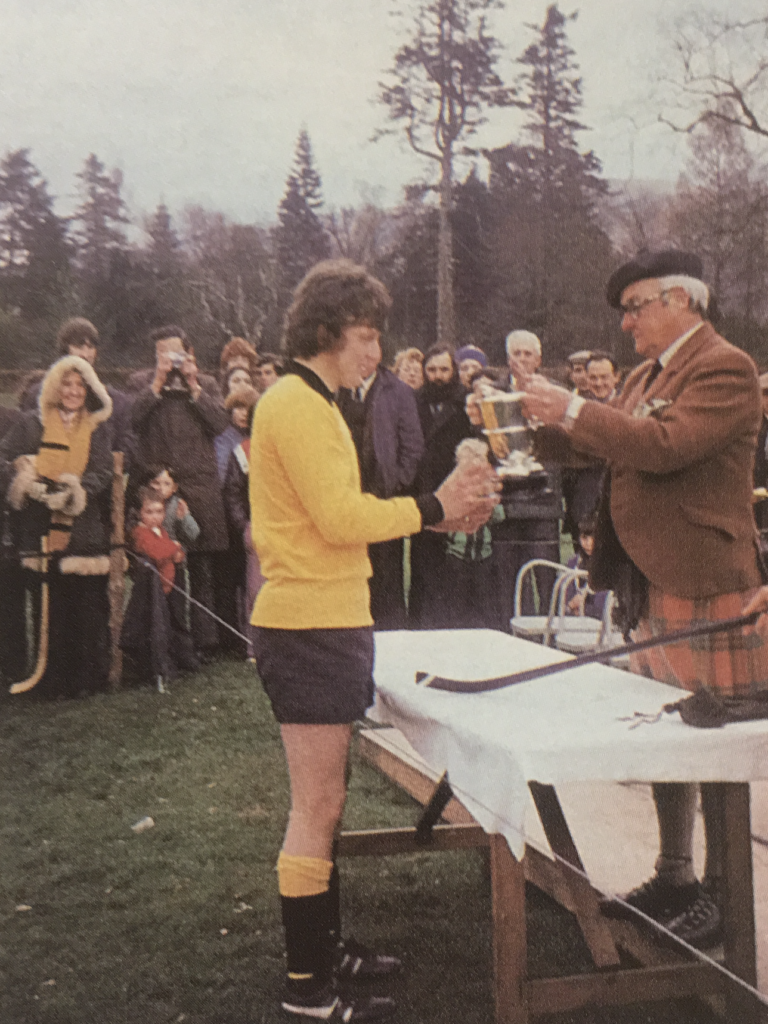
The Robertson family offer one of the best examples of the level of commitment given by unsung heroes in the background. Margaret was a long-term Club Secretary and one of the “Pie and Beanz Team” who handled all the club-house catering; husband Dondie was Fixtures Secretary handling all the games involving teams at all levels, as well as a goal-judge: son Ian drew the plans for the club-house; son number two Adam captained the Scottish under-21 squad
against Ireland and son number three Neil played in Fort William’s MacTavish juvenile cup winning team and went on to be a fine player in the first team squad.
Fort William have been serial trophy winners since the turn of the century in particular (Camanachd cup winners 1992, 2005, 2007, 2008, 2009, 2010 Macaulay Cup Winners x 2 – 1991, 2000 MacTavish Cup Winners x 3 – 1996, 2000, 2007, Balliemore Cup Winners x 2 – 2017, 2019, Sutherland Cup Winners x 5 – 1978, 1984, 1995, 2006, 2009. There are renewed signs of success at the club with its young team challenging again in finals and semi-finals against the best senior teams.
Over the years a steady stream of players have represented and captained Scotland with distinction, amongst them James Clark, Gary Innes, Graham MacMillan, Victor Smith, Drew MacNeill.
The club has published a history of its first hundred years called “An Gearasdan” which is still available from the club.
The “Camanachd: Geama Aosda nan Gleann Abrach” (Shinty: Ancient Game of the Lochaber Glens) exhibition will be hosted at West Highland Museum from 2nd September until 31st October 2024.
